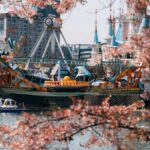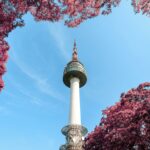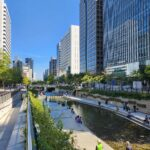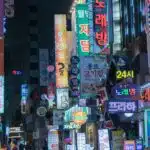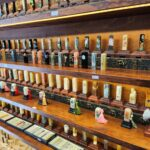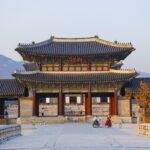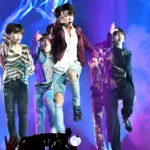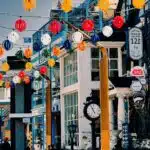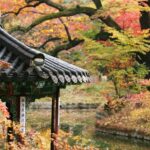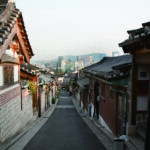The National Museum of Korea in Seoul is a vast repository of Korean cultural heritage, housing artifacts spanning millennia. Its impressive collections include ancient ceramics, royal treasures, Buddhist art, and historical artifacts.
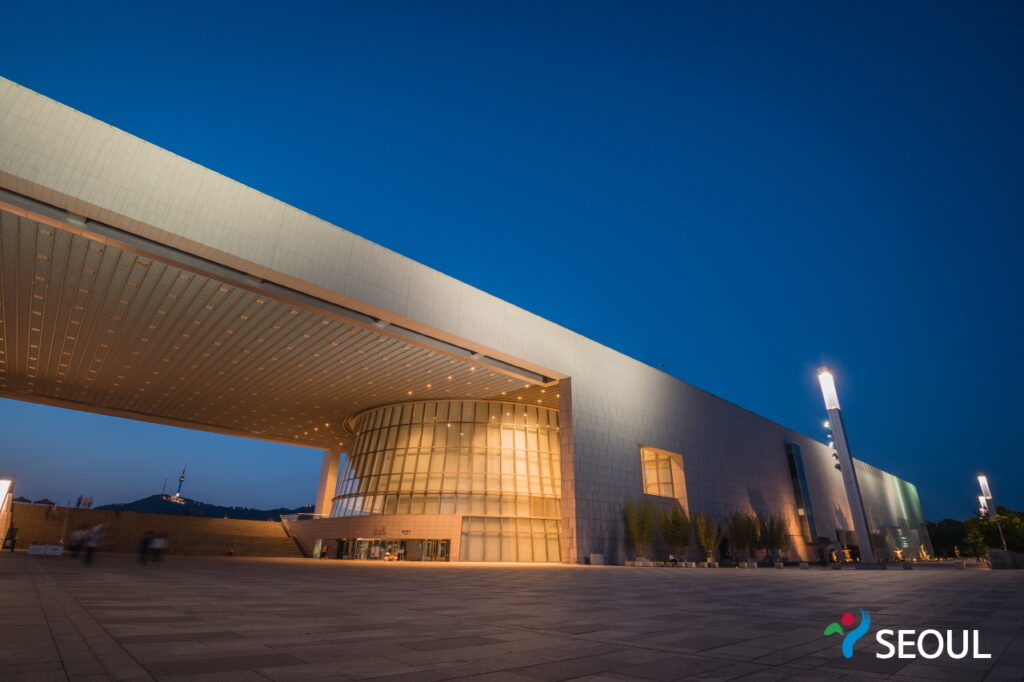
Visitors can explore permanent exhibitions like the “Hall of National Treasures” and “History of Korean Art” to gain insights into Korea’s rich history and cultural evolution. The museum also hosts temporary exhibitions, cultural performances, and educational programs, making it a comprehensive destination for both locals and tourists interested in Korean history and art. Its modern architecture and beautiful surroundings in Yongsan Park add to the museum’s allure as a cultural and educational hub in Seoul.
What to Do at the National Museum of Korea
- Explore Exhibitions: Visit the permanent exhibitions showcasing Korean art, history, and culture, including the “Hall of National Treasures” and the “History of Korean Art” galleries.
- Attend Special Exhibitions: Check out temporary exhibitions that highlight diverse themes such as international art exchanges or specific historical periods.
- Attend Cultural Performances: Enjoy traditional music and dance performances held at the museum, offering insights into Korean traditional arts.
- Visit the Outdoor Sculpture Garden: Explore the tranquil outdoor sculpture garden featuring contemporary sculptures amidst beautiful landscaping.
- Participate in Workshops and Programs: Engage in educational workshops and programs designed for visitors of all ages, offering hands-on experiences with Korean culture and art.
Practical Information for Visiting the National Museum of Korea
- Opening Hours: Check the museum’s website for current opening hours and special exhibition schedules before planning your visit.
- Guided Tours: Consider joining a guided tour to gain deeper insights into the museum’s collections and exhibitions. Tours are available in various languages.
- Admission: While general admission is free, there may be charges for special exhibitions. Prepare accordingly and check online for ticketing information.
- Accessibility: The museum is wheelchair accessible with ramps and elevators available for ease of movement.
- Photography: Respect the museum’s photography policies, especially in special exhibitions where photography may be restricted.
- Dining and Facilities: The museum has dining options and facilities like rest areas, souvenir shops, and a bookstore for visitors’ convenience.
Visiting the National Museum of Korea offers a comprehensive journey through Korea’s rich cultural heritage, providing educational and immersive experiences for visitors of all interests and ages.

